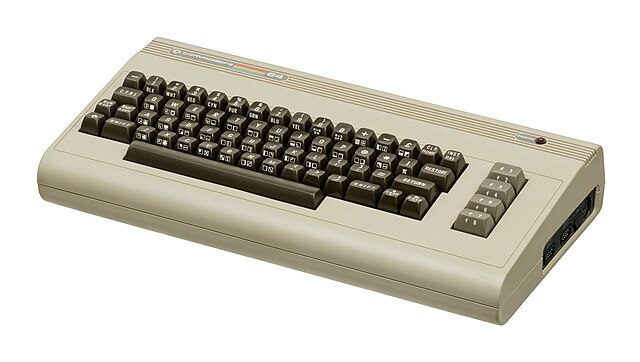Computer Gaming World (CGW) was an American computer game magazine published between 1981 and 2006. One of the few magazines of the era to survive the video game crash of 1983, it was sold to Ziff Davis in 1993. It expanded greatly through the 1990s and became one of the largest dedicated video game magazines, reaching around 500 pages by 1997.
Issue 249 from March 2005
Russell Sipe and Suzanne Sipe in 1982 at the West Coast Computer Faire
The first issue of Computer Gaming World from late 1981
The video game crash of 1983 was a large-scale recession in the video game industry that occurred from 1983 to 1985, primarily in the United States. The crash was attributed to several factors, including market saturation in the number of video game consoles and available games, many of which were of poor quality. Waning interest in console games in favor of personal computers also played a role. Home video game revenue peaked at around $3.2 billion in 1983, then fell to around $100 million by 1985. The crash abruptly ended what is retrospectively considered the second generation of console video gaming in North America. To a lesser extent, the arcade video game market also weakened as the golden age of arcade video games came to an end.
Atari VCS, also known as the Atari 2600, the most popular console prior to the crash
The Commodore 64 survived the crash and became one of the best-selling computers of all time.
Partially-surviving cases and cartridges retrieved during the 2014 excavation of the Alamogordo, New Mexico landfill Atari had used in 1983. E.T., Centipede, and other Atari materials can be seen.
The Famicom's international debut was delayed by two years as a result of the crash.







